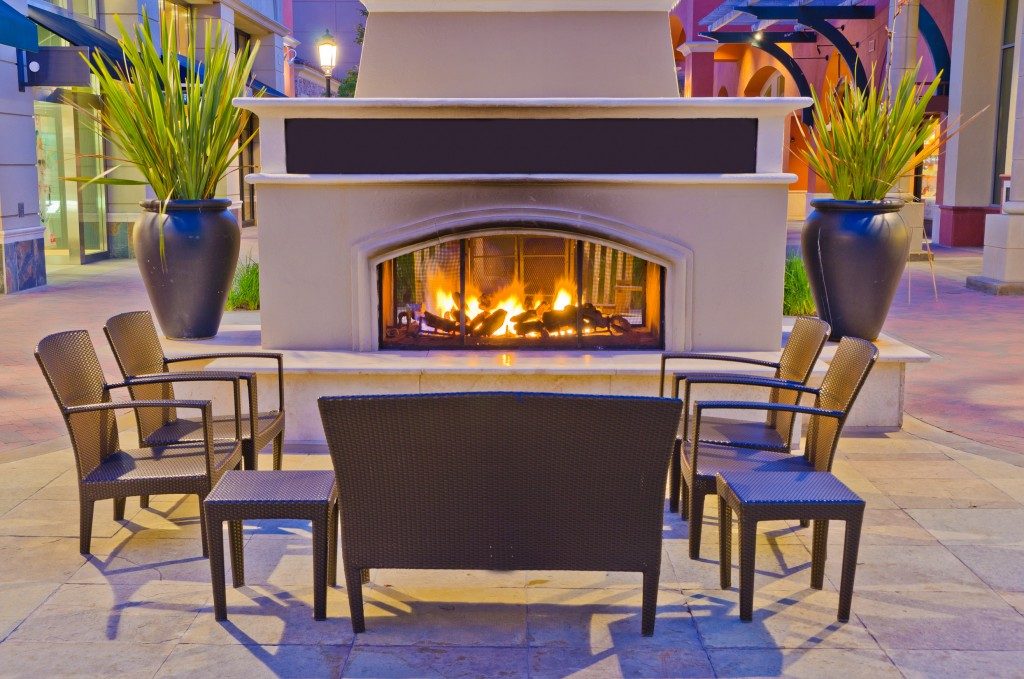Your fireplace is probably among the most low-tech and crudest pieces of equipment you have in your abode. However, neglecting to maintain it and use it safely could hinder its performance and result in hazardous smoke inside your home, heated air being lost to your chimney, or worse, a chimney fire. Below are some vital things to know about chimney and fireplace maintenance and safety.
Get Your Chimney and Fireplace Inspected at Least Once a Year
Creosote, which is a tar-like, combustible droplet, is a byproduct of wood burning activities. Burning more and more wood, especially the green and wet varieties, will result in restricting airflow and increased production of creosote because you need to open the damper and keep the fireplace doors closed.
The buildup of soot, although not flammable, could also hinder venting and damage your chimney due to its extremely acidic nature. Likewise, the Chimney Safety Institute of America states that soot could restrict airflow by up to 30% in a chimney that’s factory-made and up to 17% in a typical masonry unit.
You also increase the risk of seeing chimney fire warning signs such as dense smoke, loud popping noises and flames that shoot out from your chimney due to soot and creosote buildup. To help make certain that your chimney isn’t a fire risk, get it professionally inspected accordingly every year by an expert in fireplace maintenance and replacement in Salt Lake City.

Improving the Efficiency of Your Fireplace Also Helps
Aside from annual inspections, you can ensure the safety of your chimney and fireplace by doing the following:
- Only burning cured, dry wood, which has been dried, split and stacked for at least eight months. Make sure that your stack is covered on top, with the sides open for sufficient airflow. Opt for hardwoods like white oak, hickory, beech, white ash and sugar maple, which burn slowly. White pine and spruce are also great, but these burn faster than the hardwoods mentioned previously.
- If you have a prefabricated, factory-made wood-burning fireplace, make sure to keep its glass doors open while you’re burning wood to enable heat to flow throughout the room.
- Always close the damper when you’re not using your fireplace to keep warm indoor air from escaping through your chimney.
- Consider installing a chimney cap to prevent snow, rain, small animals, and random objects from building up in your chimney and decrease downdrafts.
- Have your chimney professionally cleaned at least twice yearly if you burn approximately three cords of wood yearly. A cord is basically 8 feet in length, 4 feet in width, and 4 feet high, which is roughly about the size of a full pickup truck cab.
- Don’t forget to install carbon monoxide sensors near your fireplace, in the kitchen, and near bedrooms.
Following these practical maintenance and safety tips can significantly improve efficiency, help save you money, and increase the pleasure of using your fireplace due to cleaner and reduced smoke. Otherwise, you risk damaging your fireplace and chimney, or worse, your entire house.
